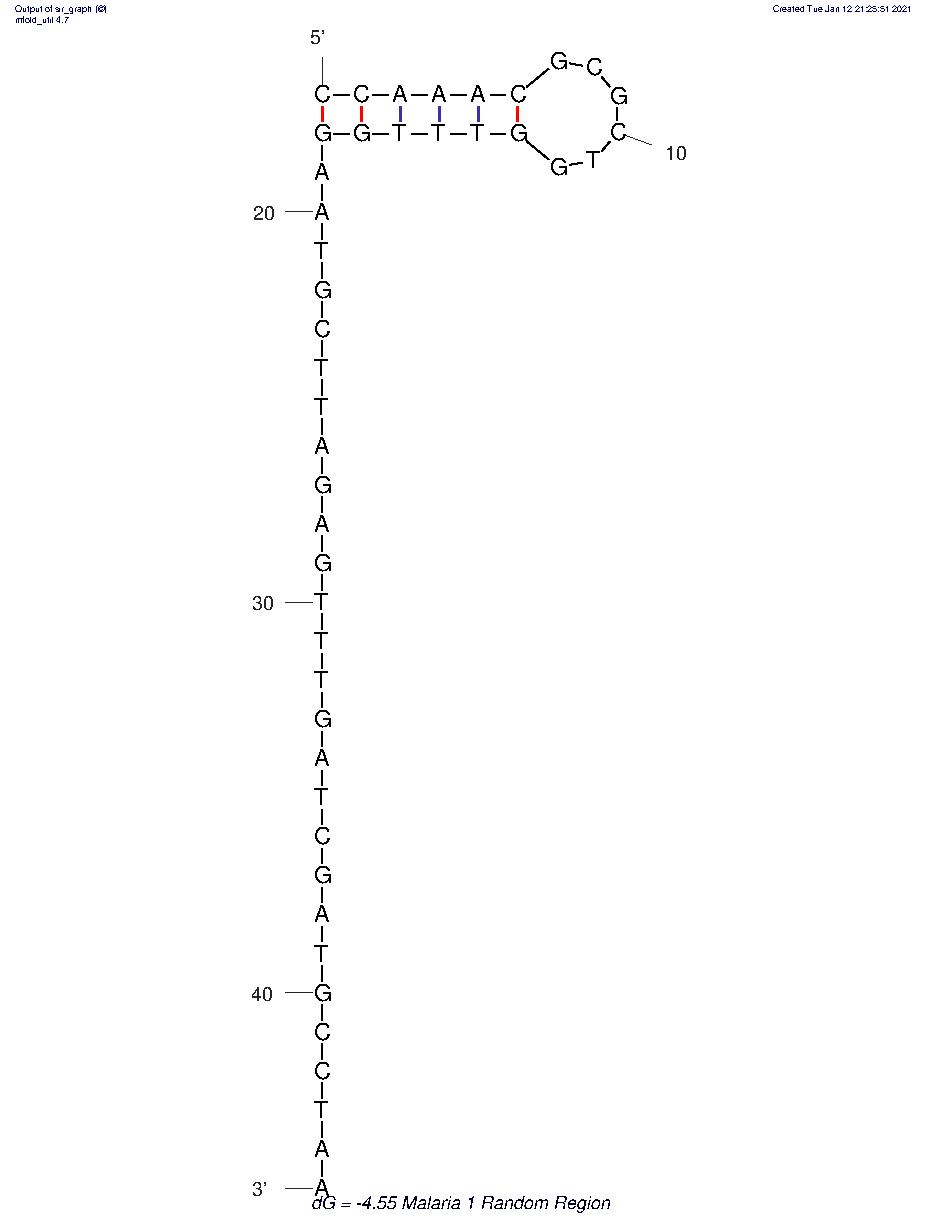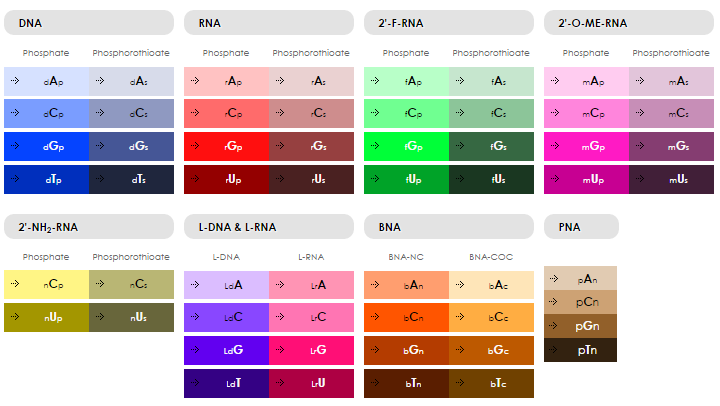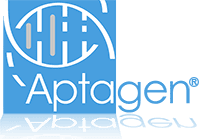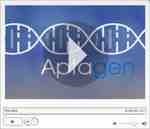Aptagen, LLC

Malaria.1 (ID# 8053)

DNA
Plasmodium falciparum
Cells
60 nM (reported value)
Aptamer Binding buffer [AB buffer, RPMI-1640 (pH 7.2) supplemented with BSA (1 mg/mL, Sigma, St Louis, MO), yeast tRNA (0.1 mg/mL, Invitrogen), sheared salmon sperm DNA (0.1 mg/mL, Invitrogen)]
RT°C
Reactions were amplified for 13–20 cycles of 0.5 min at 94 °C, 0.5 min at 56 °C, and 0.5 min at 72 °C, followed by 5 min at 72 °C
For alkaline denaturation-based SELEX, the strand separation after PCR was performed with streptavidin-coated magnetic beads (M-270 Dynabeads, Invitrogen, Carlsbad, CA) according to manufacturer’s instructions. This brand was chosen because many groups working with SELEX commonly use these beads. Briefly, PCR product was incubated for 25 minutes on a rotator with 5 mg beads. After 2 washes with binding and washing buffer (10 mM Tris–HCl pH 7.5, 1 mM EDTA, 0.2 M NaCl) an alkaline denaturation was performed with 500 μL freshly prepared 200 mM NaOH to melt the DNA. The tubes were applied to a magnet and the eluted ssDNA was desalted with a Sephadex G-25 column (NAP-5, GE Healthcare, UK). In the lambda SELEX experiment, PCR products featuring a phosphorylated antisense strand were treated with 5 units of lambda exonuclease for 30 min at 37 °C to digest the antisense strand. The regenerated single-stranded aptamers were isolated by ethanol precipitation for the next round of counter-selection, selection, and amplification.
5'-dCpdCpdApdApdApdCpdGpdCpdGpdCpdTpdGpdGpdTpdTpdTpdGpdGpdApdApdTpdGpdCpdTpdTpdApdGpdApdGpdTpdTpdTpdGpdApdTpdCpdGpdApdTpdGpdCpdCpdTpdApdAp-3'


135
13891.09
483970
Note: Information on this aptamer oligo was obtained from the literature and hasn't been validated by Aptagen.
Oteng, Eugene, et al. "High-efficiency enrichment enables identification of aptamers to circulating Plasmodium falciparum-infected erythrocytes" Scientific Reports 10, 9706
Have your aptamer oligo synthesized ORDER



We are always looking for ways to improve. Please tell us what you think.